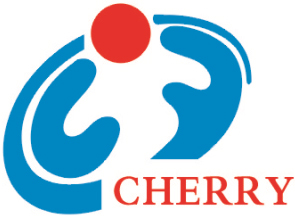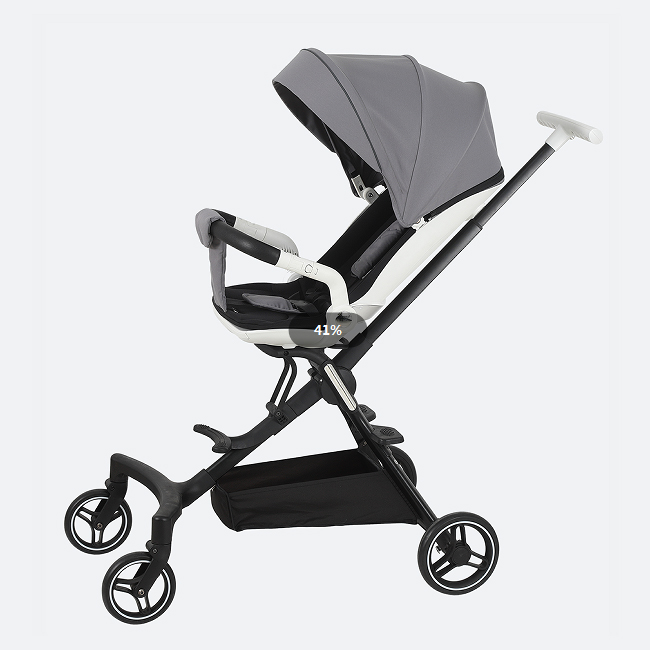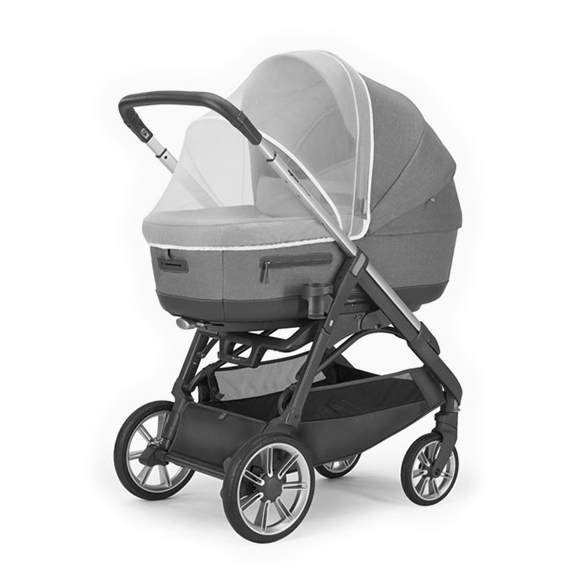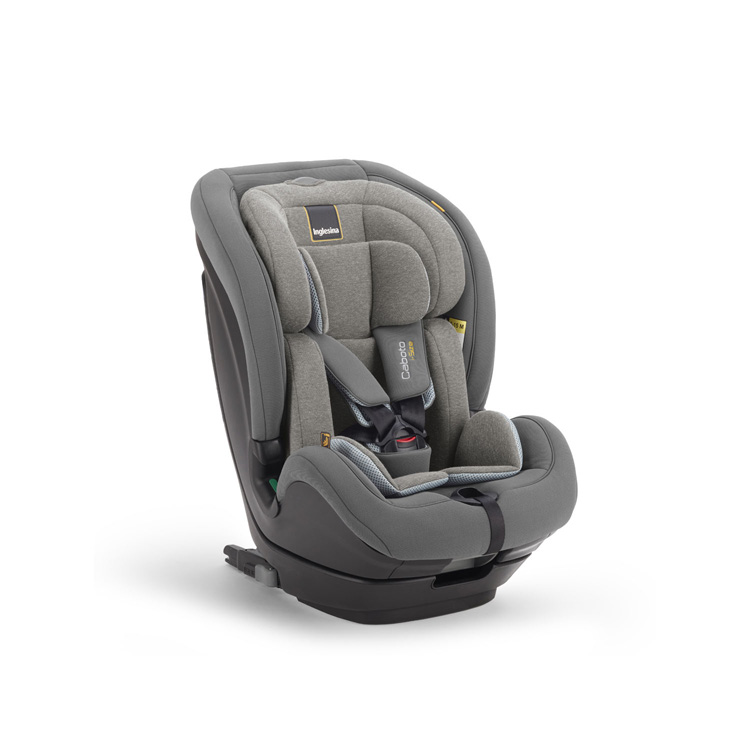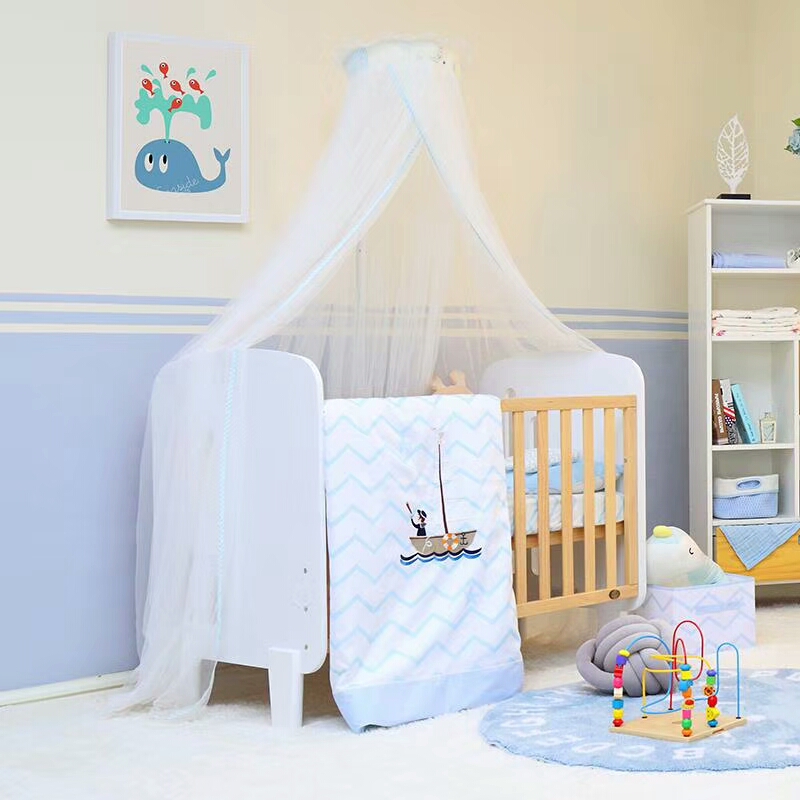Safety standards and certifications: the bottom line that cannot be compromised
The safety requirements of global authoritative organizations for baby bedding far exceed those of ordinary home textiles. The American Academy of Pediatrics (AAP) clearly states that only one suitable sheet is needed for the bed of babies under 1 year old. Extra bedding, pillows or cushioning cribs will increase the risk of suffocation and sudden infant death syndrome (SIDS). This suggestion completely subverts the traditional concept of "fully armed" baby bed layout.
In July 2025, the Canadian Ministry of Health urgently recalled the HAPDEN portable travel crib because it did not comply with the "Crib, Cradle and Bassinet Regulations" and there was a fatal hidden danger of entrapment, suffocation or falling of the baby2. Similarly, the US CPSC recalled the safety rails of the Baofali crib made in China in November 2024 because it violated the federal ban on the use of padded designs.
Please look for these "safety passes" when purchasing baby bedding set:
Greenguard Gold certification: ensures low chemical emissions (such as the environmentally friendly materials used in DaVinci cribs
CertiPUR-US certification: safety testing for foam materials
CPSC/ASTM certification: meets the standards of the US Consumer Product Safety Commission (such as Graco cribs)
BSCI/CPC certification: Supply chain social responsibility and children's product certificates
These certification marks are proof that the baby bedding set has passed rigorous safety testing and are also the first line of defense against potential dangers.
Material Selection Guide: The Science of Skin-to-Skin Contact
Baby skin is sensitive and fragile, so fabrics that come into direct contact with it must meet three criteria: breathable, hypoallergenic, and non-irritating. Studies have shown that organic cotton and bamboo fiber are ideal choices—the former has no pesticide residues, and the latter is naturally antibacterial and highly hygroscopic.
Waterproofing has become a necessity in modern bedding set, but the technology varies greatly. Poor-quality PVC coatings may release harmful gases, while high-end products use composite TPU technology to block liquid penetration while maintaining breathability, while inhibiting the growth of dust mites through antibacterial treatment.
Professional brands have launched innovative solutions for babies with allergies:
Sealy Baby Allergy Protect series: built-in antibacterial layer, machine washable design for easy and thorough cleaning
Newton Baby breathable mattress: 100% recyclable material, no foam, latex, glue, reducing the risk of allergies
Bamboo cotton blended fabric: natural temperature regulation function, heat dissipation in summer and warmth in winter
A pediatric allergist found in clinical observation: "After switching to organic cotton waterproof mattress covers, 75% of babies with atopic dermatitis had significantly reduced nighttime scratching behavior."
Essential components analysis: Less is more wisdom
A true safety bedding set follows the "principle of simplicity", with only three core components:
Fitted sheet: must completely cover the mattress without wrinkles, and the elastic band depth must be more than 10cm. Muslin cotton is the first choice for high-end products due to its good breathability (such as Botai organic cotton), and the size must accurately match the mattress
Mattress protector: it is recommended to choose a waterproof full-enclosed design (such as Sealy SafetyCase). Actual measurements show that a fully enclosed protective pad with a zipper is 60% more effective in preventing mites than a simple blanket
Sleeping bag: replace dangerous blankets. AAP emphasizes: quilts are prohibited for babies under 6 months old, and sleeping in a bag-style sleeping bag can reduce the risk of SIDS by 83%
"Redundant items" to be vigilant about:
Crib bumpers: Chicago and Maryland have legislated to ban their sale. Research shows 27 infant deaths from 1985 to 2005 were related to it
Infant pillows: May block airways if used before 1 year old
Plush toys: May cover mouth and nose and cause suffocation
Safety tips: Pediatricians' advice
Installation is a key step in safety. The American Academy of Pediatrics recommends: shake the crib vigorously after installation to check whether it is stable; the gap between the guardrails should be less than 6cm (about the diameter of a can of Coke) to prevent the head from getting stuck.
"Nude bed" is the safest sleeping environment. The 2025 AAP updated guidelines reiterate that there should be no loose items in the crib except a sheet tightly wrapped around the mattress. An expert involved in the formulation of the guidelines pointed out: "Those seemingly warm decorations are actually hidden dangers."
Daily maintenance list:
Clean the mattress with a mite remover every week
Prepare 2-3 sets of sheets for alternating use
Check the elasticity of the elastic band after each washing
Do a "breathing test" every month: bury your face in the spread sheets and take a deep breath to feel the breathability
It is also important to check bedding set recall information regularly. The Canadian Ministry of Health provides an email subscription service, and Chinese consumers can obtain recall notices through the website of the Defective Product Management Center of the State Administration for Market Regulation.
